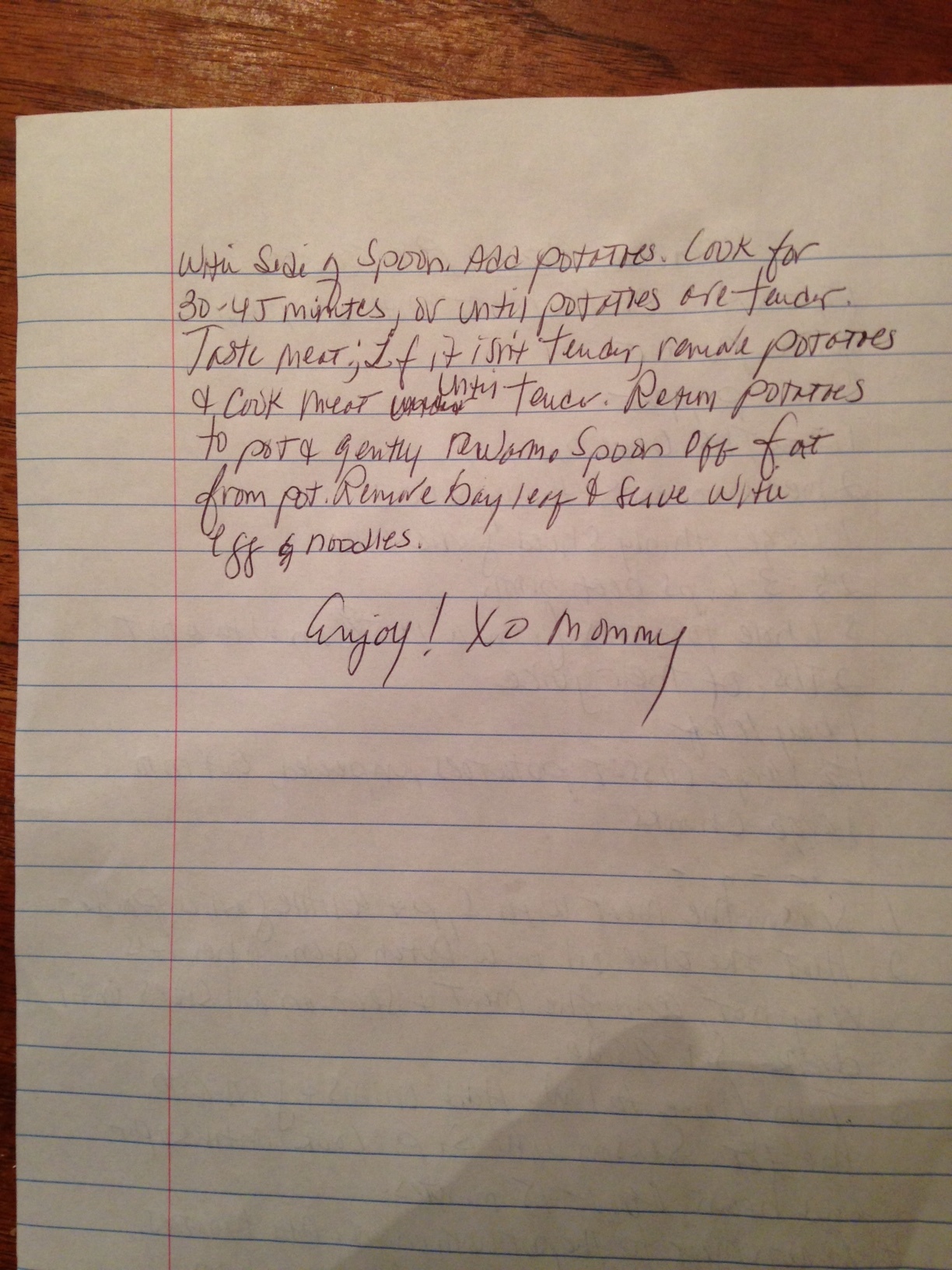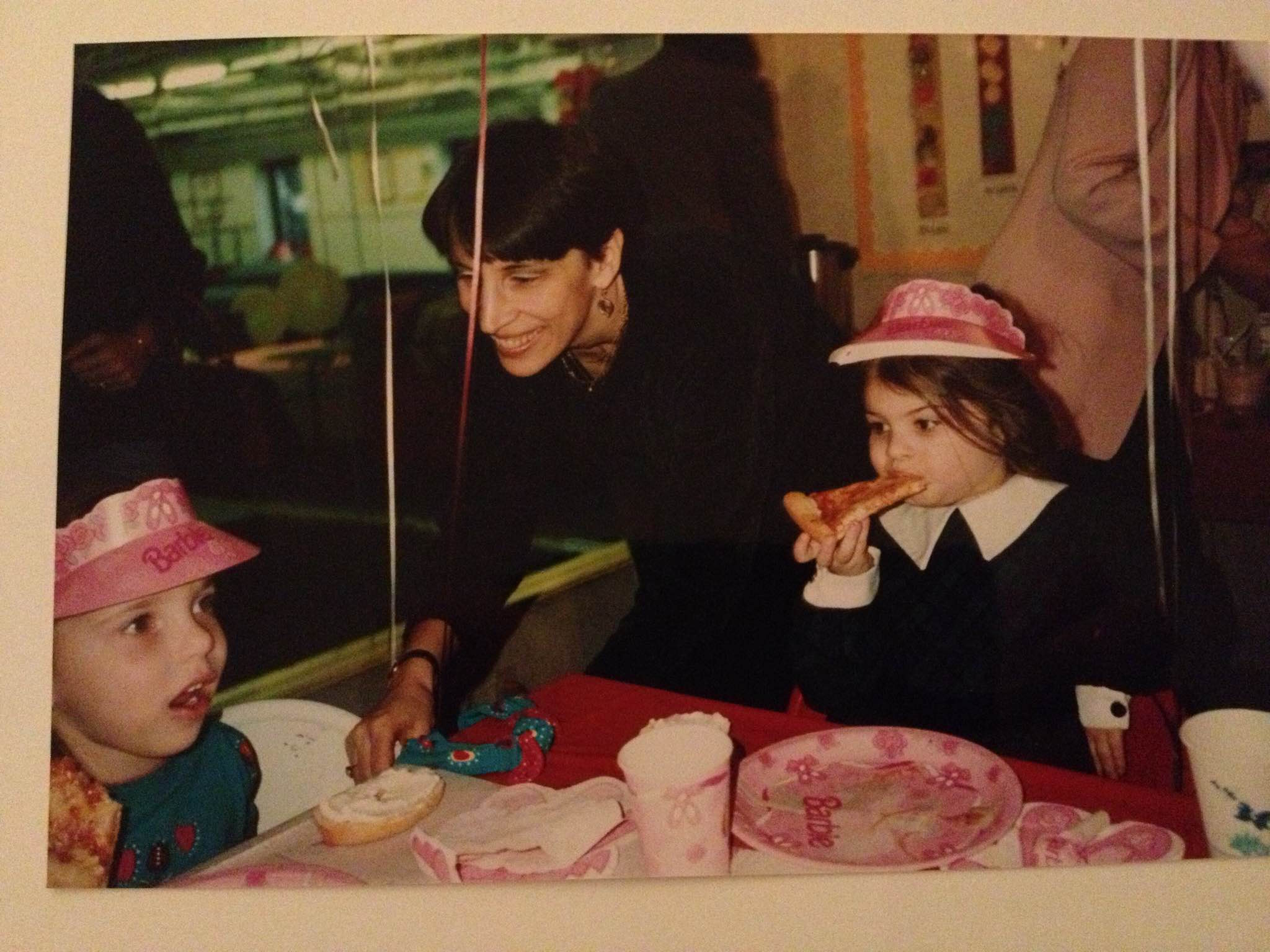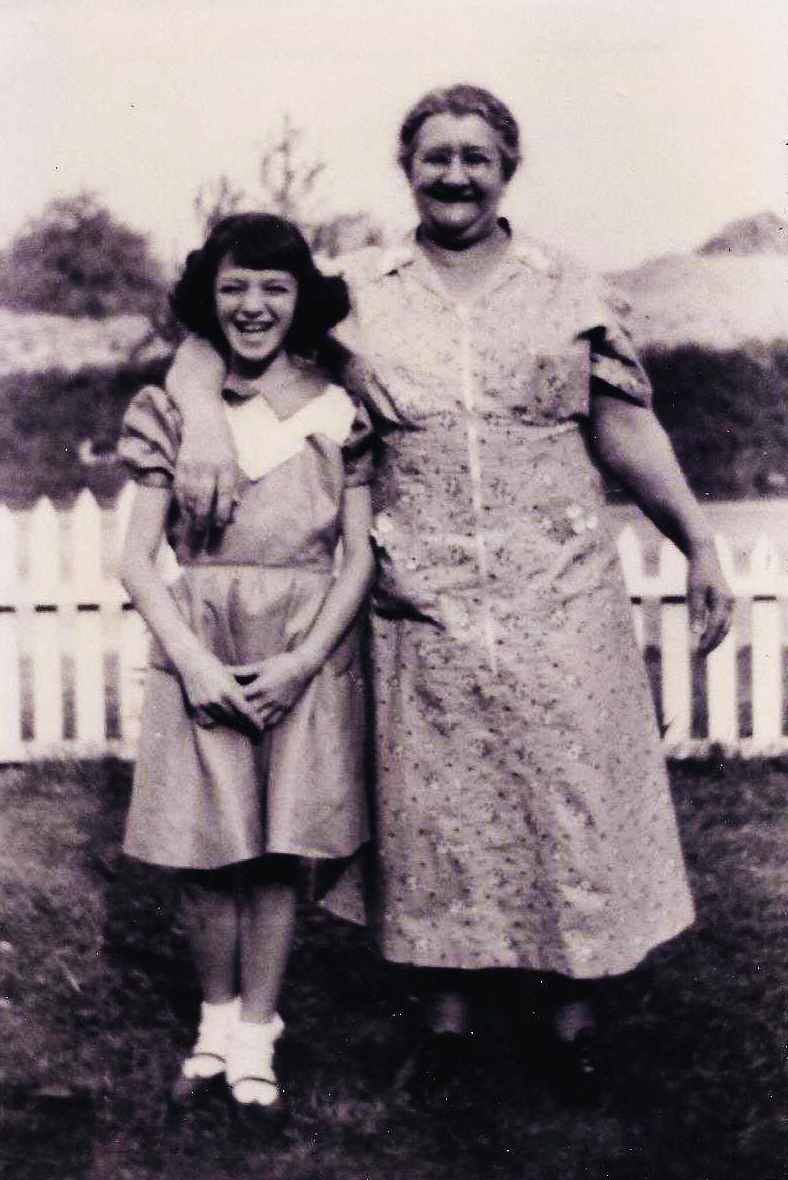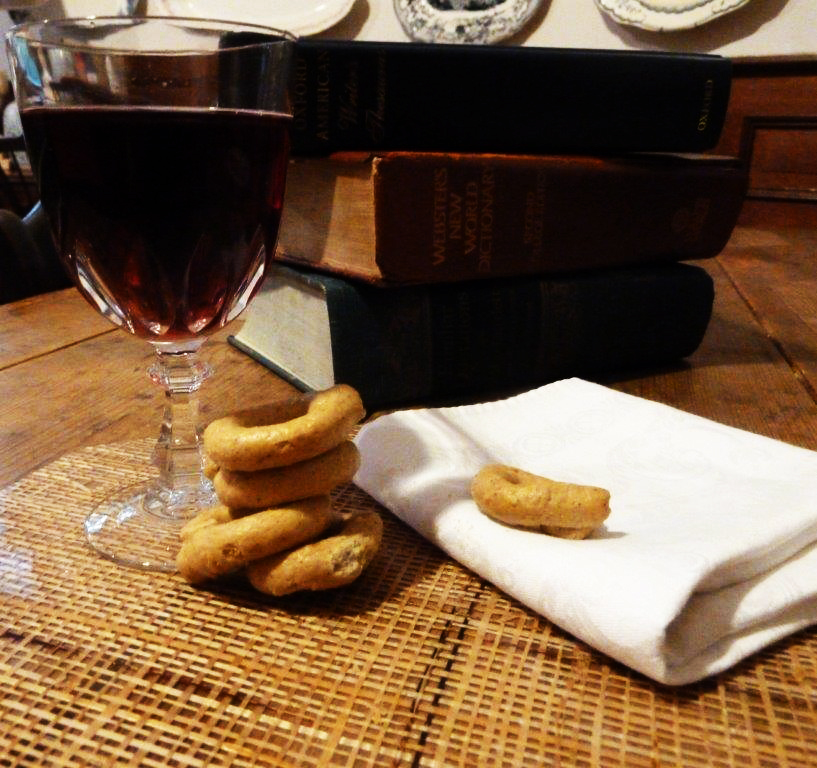Grandma Rozie’s Pot Roast • Tina Barry
Bretty Rawson
Note from curator Rozanne Gold: Tina Barry, poet, writer, and former restaurant critic for the Brooklyn Paper is a woman of myriad talents. Her poems and micro-fiction have appeared in numerous literary magazines and two pieces in her poetry book, Mall Flower, were nominated for Pushcart prizes. But her biggest prize may be the generational embrace she nurtures with her 91-year old mother, Roz (the creator of this story’s succulent pot roast), her beautiful 26-year old daughter Anya, and the precocious Vera, nearly two years old. A writer of great warmth and wit, Tina extends these qualities to everything she touches — her joie and appreciation for whiskey sours, the empowerment of women, great design, and great meals (especially in France). An evening at her upstate New York home includes feasting from husband Bob Barry’s exquisite handmade ceramic plates. Tina is a teaching artist at the Poetry Barn in West Hurley, New York, and is an editor for the restaurant and fashion industry. Many bows to her for this beautiful story.
Grandma Rozie’s Pot Roast by Tina Barry
My mother, Roz Ehlin, the daughter of Russian immigrants, cooked four dishes perfectly: pot roast, stuffed cabbage, roast chicken and chicken soup. She broiled lamb chops, boiled frozen vegetables. Mashed potatoes came from the box. She has never, and, at 91 years old, has no intention of ever owning measuring cups or spoons. “I’m creative,” she told my sister and me when we were children, “creative people don’t measure.”
As limited in variety as our meals were, everything she cooked tasted great to us. That was a good thing. Divorced with a full-time job, she didn’t have time for elaborate dishes and she didn’t tolerate picky eaters. A friend of mine, who asked for her food separated on the plate so nothing touched, was never asked back for dinner.
My mother may have kept her repertoire of meals well edited, but she loved, and still loves food, was curious about culinary trends and enjoyed reading recipes. Once a month she’d visit the library and, after perusing the latest Vogue and Cosmopolitan, head home with a stack of cookbooks. After dinner, she’d sit on the couch with a cookbook on her lap, my sister on one side, me on the other, and slowly turn the pages.
“Look at that,” she’d say. My sister and I sighed over quivering Jell-O molds, bubbling pots of fondue, crisp pastry shells cradling Chicken á la King. Pineapple Upside Down Cake left us speechless. “One day,” we’d say, staring at a delicately browned dome of Baked Alaska.
On our kitchen shelf she kept Peg Bracken’s I Hate to Cook Book; my mother appreciated Bracken’s dry wit. The other book was a tiny collection of recipes that my sister and I scribbled all over with purple crayon. One recipe for potted shrimp, turned up in my second grade class’s holiday cookbook, rechristened “Shrimp á la Ehlin.” She didn’t have a single handwritten recipe.
Out of the house and into my own kitchen, I vowed to cook and cook well. I bought measuring cups and spoons and used them. I baked apple pies and layer cakes, whisked batter for wisp-thin crepes. I mastered the perfect omelet.
I was not, though, “creative” the way my mother was. I needed recipes, at least in the beginning while I learned the basics. Recipe or not, I was determined to nail her pot roast. First attempts were okay, if lacking the joie de vivre of her dish. One trial produced tender meat but a sauce without much flavor; I should have used broth, not water. Once I added too many tomatoes, turning the dish into a kind of pot roast ragu. I overcooked the potatoes; my mother’s potatoes were soft, not mushy. It took awhile but one glorious night, I served a pot roast identical to my mother’s.
My daughter Anya married recently. She has asked me for recipes for the dishes she loves. I emailed them to her, until she requested Grandma Rozie’s Pot Roast. I have the recipe in my computer but I couldn’t bring myself to send it. Something so weighted with memories, so redolent of good times at the table, deserves more than clicks on the computer to attach and download.
Her pot roast recipe is a part of our history: my mother’s, daughter’s and mine. And will be a part of my granddaughter Vera’s history, too. When Anya cooks for Vera, my mother will be with them in all the flavors on the plate. There will be a little of me, too, in the slant of my “t,” the dot that never quite caps the “i.” That’s what a recipe does, especially one that’s handwritten: it brings loved ones closer with the proof of their hand on paper, the memory of clangs and chatter, the perfume of onions cooking slowly on the stove.
Roz Ehlin’s Pot Roast
1.5-2 lbs. chuck roast (with or without bone)
garlic powder, salt and pepper
1-1/2-2 tbs. olive oil
2 medium onions sliced thin
1 large, thinly sliced garlic clove
2-1/2 to 3 cups beef broth
5 14.5 oz. cans, whole tomatoes
(with 2 Tbs. of their juice)
1.5 large Idaho potatoes
(unpeeled, cut into large chunks)
1 bay leaf
1. Season the meat on both sides with salt, pepper and garlic powder. Heat the oil in a Dutch oven. When it’s very hot, add the meat to the pot and sear on all sides until dark. Set aside.
2. Turn heat to low. Add the sliced onions and garlic to the fat. Season with salt and pepper. Cook until soft and browned, about 15 minutes.
3. Return the meat and any juice collected on the plate to the pot with the onions. Add the tomatoes to the pot with the 2 Tbs. juice from the can. Add beef broth so about 1/2 of the meat is submerged. Add bay leaf. Cover and simmer for about 1.5 hours, then turn the meat to finish cooking.
4. After about 2 hours, add more broth if necessary; you want enough liquid to make a nice sauce. Crush tomatoes with side of spoon. Add potatoes. Cook for about 30-45 minutes. Remove potatoes when they’re soft. If meat is still chewy, cook until tender. Return potatoes to pot to warm. Cook for a few minutes. Spoon off fat from sauce. Remove bay leaf and serve. My mother always served pot roast with egg noodles.









































